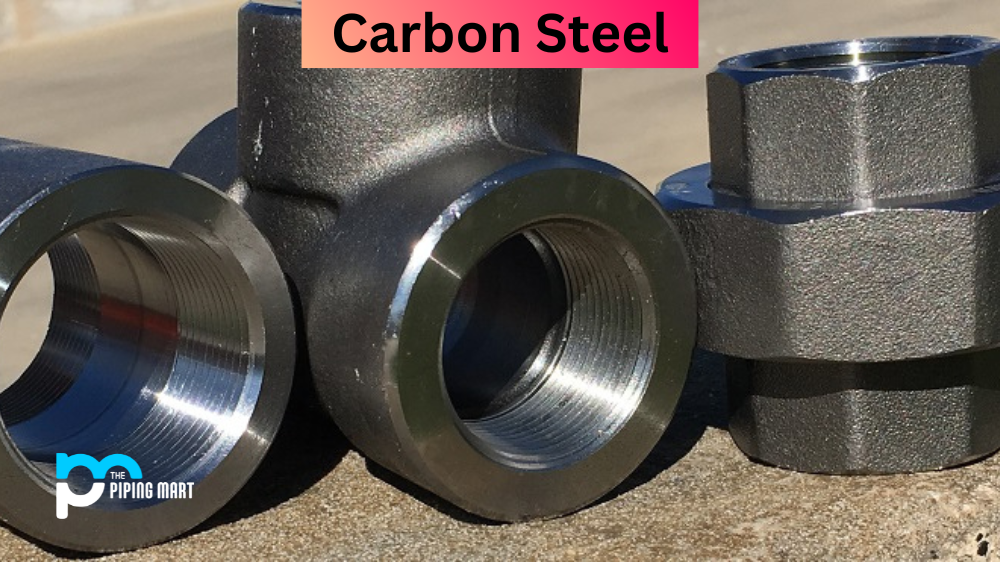Choosing the right steel can make a big difference in performance, durability, and overall quality regarding knives, swords, and other cutting tools. Though numerous types of steel are available, two of the most popular choices for many knife enthusiasts are 5160 and 1095. In this article, we will explore the differences between 5160 steel vs 1095 steel to help you make the best choice for your next project.
Difference Between 5160 Steel and 1095
Composition
One of the primary differences between 5160 and 1095 steel is their composition. 5160 steel is a carbon alloy of chromium, manganese, and silicon. 1095 steel is high-carbon steel, which means it has a higher percentage of carbon content than 5160. 1095 steel also contains trace amounts of phosphorus, sulfur, and manganese. Due to its higher carbon content, 1095 steel is generally harder but less tough than 5160 steel.
Sturdiness
Another key difference between these two steels is their level of sturdiness. 5160 steel is known for its exceptional toughness, making it an ideal choice for blades subjected to rough usages, such as machetes or lawnmower blades. 5160 steel can withstand high levels of stress without breaking or cracking. Meanwhile, 1095 steel is known for its high hardness, which makes it ideal for blades that require a sharp edge. However, 1095 steel is more susceptible to breakage or chipping during high-impact usage.
Edge Retention
Regarding edge retention, 1095 steel holds an edge better than 5160 steel. This means that 1095 steel blades stay sharper for longer than 5160. However, remember that high-carbon steels such as 1095 are also more prone to corrosion and rust, so regular cleaning and maintenance are required to prevent damage. On the other hand, 5160 steel is relatively rust-resistant when compared to 1095 steel.
Uses and Applications
Both 5160 steel and 1095 steel have different uses and applications based on their unique characteristics. 5160 steel is commonly used for making heavy-duty knives, swords, machetes, and other tools requiring high toughness and durability. This is because of its outstanding shock absorption and impact resistance capabilities, making 5160 steel blades the ideal choice for outdoor adventure knives. Meanwhile, 1095 steel is often used for making fine-edged tools such as hunting knives, razors, and chef knives, thanks to its ability to hold an edge.
Conclusion
Choosing the right steel is essential for making the best knives, swords, and cutting tools. After going through this comprehensive comparison, it is clear that both 5160 steel and 1095 steel offer unique properties and advantages. 5160 steel is an excellent choice for heavy-duty cutting tasks requiring sturdiness and shock absorption, while 1095 steel is ideal for making blades with fine-tuned edges. Ultimately, the best option for you will depend on your specific needs and preferences.

Abhishek is a seasoned blogger and industry expert, sharing his insights and knowledge on various topics. With his research, Abhishek offers valuable insights and tips for professionals and enthusiasts. Follow him for expert advice on the latest trends and developments in the metal industry.




